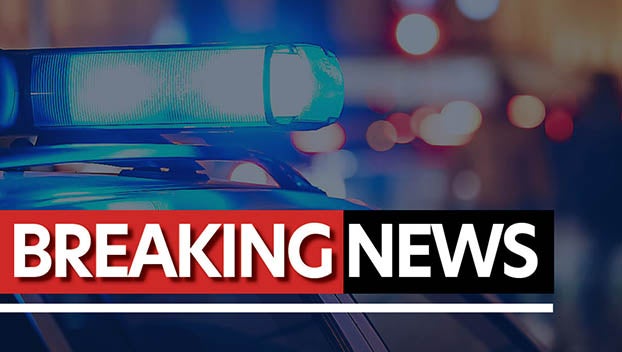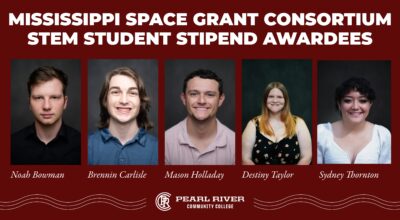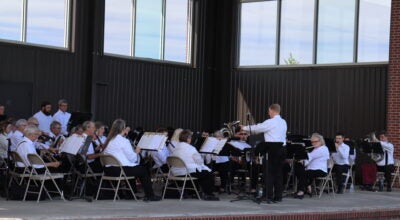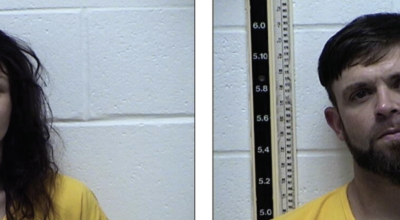Learning with laser engraving
Published 7:00 am Friday, January 27, 2017
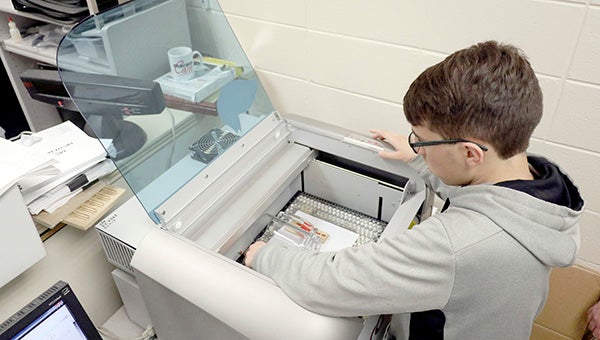
POSITIONING: Picayune Memorial High School Career and Technology student Corey Hughes positions a mug in the engineering class’s laser engraver. Students must have a knowledge of math and some design skills to properly use the machine.
Photo by Jeremy Pittari
Students in Todd Giglio’s engineering class at the Picayune Memorial High School Career and Technology Center are learning more than just how to operate the newest technology, they are also getting hands on experience that applies what they learned in their academic classes.
The class was formerly called technology applications, but now it has a broader subject matter.
Giglio’s class houses a number of 3-D printers, lathes, milling machines and kits for building robots. Three years ago a laser etcher was added to the fold.
About six of the 3-D printers were purchased with money from Giglio’s own pocket. He said he purchased them because larger jobs can take longer than one class period, so if a student is printing an item in the first period, and it takes five hours to complete, no other projects can take place. This way he has a printer for every class period.
While there is only one laser engraver, capable of engraving just about any substance, it is much faster than the 3-D printers.
Given enough time, it could cut through an object utilizing several passes, depending on the substance. Granite for instance takes a long time just to engrave, but paper can be cut in a matter of seconds.
The engraver can etch names in glass, leather and even graphite. It was purchased with grant funding, costing $11,000, and is capable of engraving on an x- and z-axis. Before the engraver can begin its work, the student must move it to the proper position on the y-axis to focus the laser. There are limitations with engraving curved items like mugs. Giglio said the engraver is capable of spinning items to overcome that limitation thriugh separate add-on that costs about $1,000.
Use of the engraver involves a variety of academic knowledge, including math and some design skills through the software Corel Draw.
“That’s the main thing,” Giglio said, “to get the kids to problem solve.”
Since the settings on the laser engraver are more or less trial and error based on the material being used and the desired result, a logbook is used by the students to keep track of the settings that work, such as intensity and duration, Giglio said. With enough passes, depending on the material, the device could potentially be used to cut objects.
Junior Corey Hughes is in his first year in the class. So far, he said he’s learned how to use the 3-D printers, lathes, solder electric components and build robots. He plans to attend the second year of the class, if there is a free spot in his senior year schedule.


